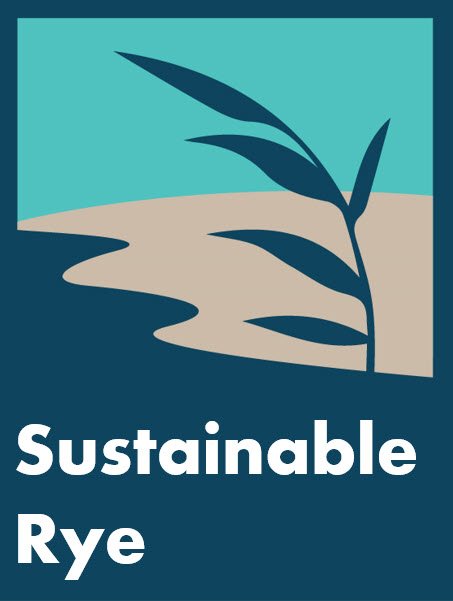Healthy Yards, Healthy Pets
Health Dangers of Lawn Pesticides to your Pet
The dangers to pets of chemical use on lawns are very real. According to PET MD "many pets are susceptible to falling ill as a result of exposure to lawn chemicals." And the lingering effects of these dangers are profound: Pesticides that are applied outdoors "often make their way indoors and onto surfaces."
According to the medical director of the ASPCA Animal Poison Control Center, "Lawn chemicals can vary widely in their safe use around pets. Some items such as fertilizers may only cause stomach upset, while others such as insecticides can be deadly."
Lawn pesticides have been linked to cancer in pets, nervous system disruption, respiratory failure, and serious digestive problems. Even if you don’t use these chemicals on your lawn, a neighbor's lawn can also pose a threat.
Most importantly, remember that what’s outside can come inside. You may do your best to keep your home free of harmful toxins, but pesticides sprayed on lawns outside stick to shoes and pets and get tracked inside. A recent study about pesticides lurking in our home addresses this problem.
Let's all plan to make some healthy lawn changes today. Your furry babies will thank you!
What Can You Do to Protect Your Family and Pets?
A few simple changes to how you care for your outdoor spaces can have positive health impacts without compromising the aesthetic beauty of your yard.
Reduce Grassy Areas: Reducing grassy turf to just the areas the people and animals in your household use to walk and play on is the best strategy for a healthy yard. Grass turf can contribute to storm water runoff and flooding. Grass turf requires more maintenance (mowing, seeding, watering) than other yard areas. To reduce grass, expand borders and beds using native or non-invasive plantings.
Improve the Health of the Soil: Organic matter, including compost, mulched/shredded leaves and grass clippings, will benefit any type of soil; it lightens soil that is heavy in clay, and builds humus in sandy soils, which helps retain water and nutrients. Organic matter will help to naturally aerate your soil and prevent soil compaction.
Choose a Locally Adapted Grass: Grasses vary in the type of climate they prefer, the amount of water and nutrients they require, how much shade they can tolerate, and the degree of wear they can withstand. According to Rye Nature Center Director of Strategic Initiatives A.J. Johnson, native grasses offer a number of benefits:
require less maintenance over the long run because these grasses are “meant to be here.”
reduce storm runoff due to their deep roots (vs sodded turf grass).
act as a filtration mechanism for cleaning out toxins from the soil.
require less mowing, so less air pollution.
act as a carbon sink.
are less expensive than sod.
some native grass suggestions: big bluestem grass, little bluestem, buffalo grass
Lawn burn: Is your lawn peppered with unsightly yellow spots? A.J.’s natural solution is a hardy grass, such as tall fescue or rye. Some other natural solutions can be found here.
Pesticides and Pets: Avoid using pesticides in favor of natural lawn care techniques. Keep pesticides from leaching into your yard from neighbors’ yards by using plant buffers. Some good native buffers include choke berry and switch grasses.
If all else fails and you must use pesticides:
Never apply pesticides when pets are on the lawn.
Remove all feeding bowls, water dishes, and pet toys from any area before applying a pesticide.
Avoid using pesticide in pellet form because it can look like food.
Watch for signs indicating when areas have been treated. Avoid walking in these areas with your pet for at least 72 hours.
Don’t Blow! Rake Leaves, Grass Clippings, Debris: Leaf blowers, especially gas-powered models, pollute the air, cause hearing damage, contribute to soil compaction, blow away valuable topsoil and damage plants. Alternatives to using a leaf blower include leaving leaves alone in garden beds, raking and composting leaves that land on turf, and using a mulching mower to shred and disperse leaves and grass clippings. In the fall, Mulch leaves, leave grass clippings to retain moisture and insulate your lawn.
Overseed in Spring and Autumn: Overseeding involves planting new grass seed over existing grass to create a dense lawn. A thick, thriving lawn is the best weed deterrent. To overseed, mow grass low and rake away debris so seed can contact the soil. Follow directions on seed mix. Keep seed moist to encourage germination. Once seeds have sprouted, follow normal watering schedule.
Mow Often, But Not Too Short: Mowing grass too short causes surface roots to become exposed, dries out soil faster, and reduces surface aeration. Avoid cutting off more than one-third of grass at any one time. Most turfgrass species are healthiest when kept between 2.5” and 3.5” tall. When lawn is finished growing for the season, cut it to about 2” to minimize risk of mold build-up during winter.
Water Deeply, Not Too Often: Thorough watering encourages grass to develop deep root systems, which make a lawn hardier and more drought-resistant. Let the lawn dry out before re-watering. When watering, put a cup in the sprinkler zone; it should get at least 1” (2.5cm) water. Most healthy lawns require only 1” of water per week. Water in the early morning to avoid loss of water to evaporation.
Resources
For more tips on how to keep your outdoor spaces pet- and human-safe, take a look at Rye Sustainability’s Takeaway Tips: Healthy Yards, Healthy Pets.
Midwest Pesticide Action Center has put together a Pets and Pesticides Factsheet.
The ASPCA Guide to Pet Safe Gardening can be found here.
Pets and Poison: A recent article on pets and poison provides information on what to do and who to call.
Check the Rye Healthy Yard Section for more information on how to keep a beautiful, natural yard. Take the RHYP Pledge!




